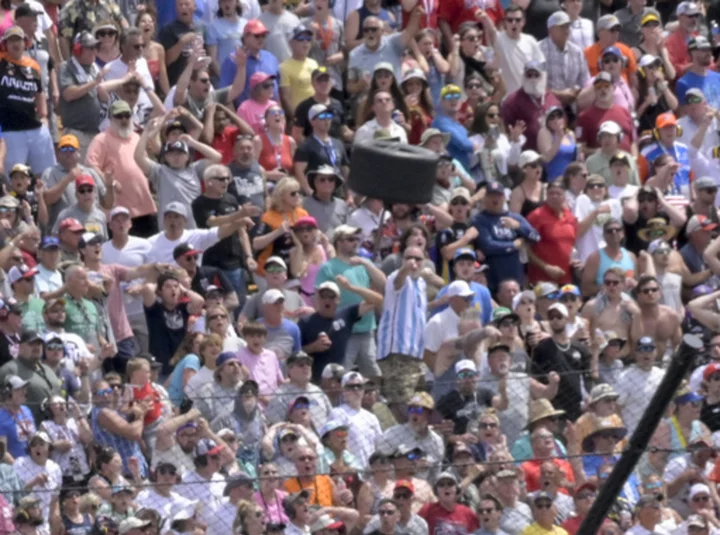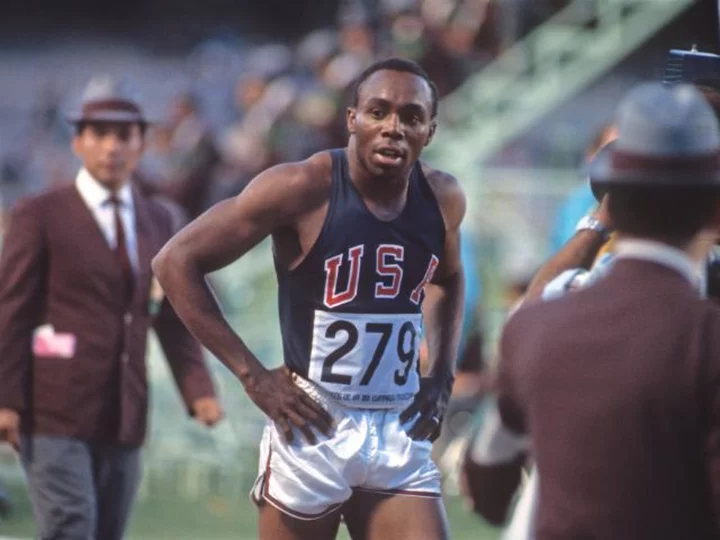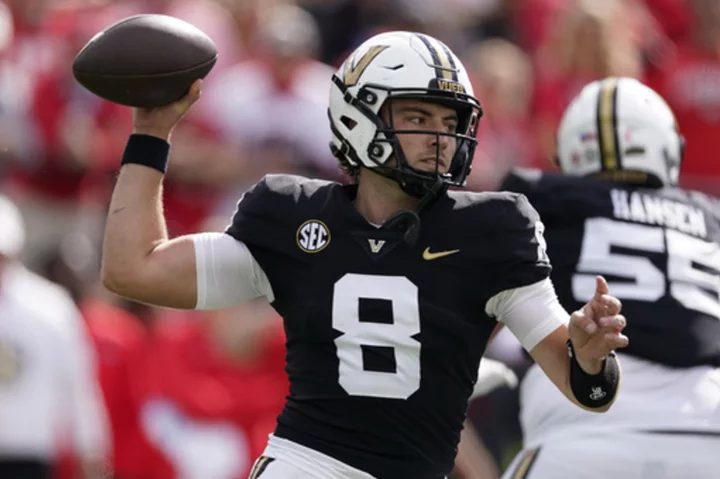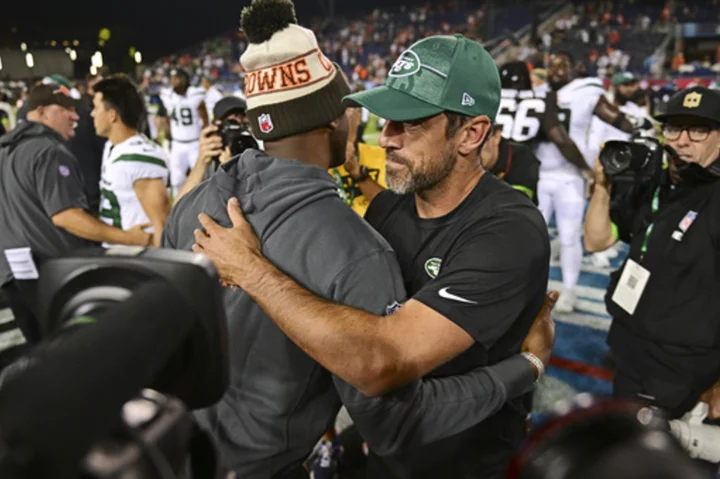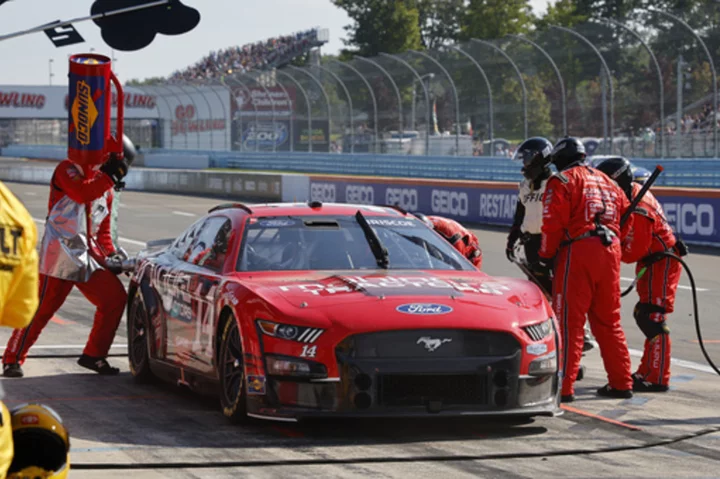IndyCar will implement a new, stronger piece of hardware designed to keep rear wheels attached to the car during a wreck after a tire flew off Kyle Kirkwood's car and narrowly missed a packed grandstand during the Indianapolis 500.
The series said Wednesday that chassis manufacturer Dallara had designed a retaining nut that is more than 60% stronger than the previous design. The updated retaining nut will be mandatory beginning with this weekend's races at Iowa Speedway.
“Their thorough review process of the incident between the No. 6 and No. 27 (cars) at Indianapolis Motor Speedway began immediately and included an extensive recreation at their headquarters in Italy," IndyCar President Jay Frye said. “IndyCar takes safety very seriously. This update is an important step in making sure an incident like this does not happen again.”
IndyCars are designed to come apart upon impact, which helps to dissipate the energy and protect the driver. But they also have tethers that are supposed to keep wheels attached in the event of a wreck, a response to several incidents over the years in which wheels had come off cars and injured — and even killed — spectators on the other side of the catch fence.
During the Indy 500 in May, Kirkwood was trailing Felix Rosenqvist when the latter hit the wall in Turns 1 and 2 in the closing laps of the race. Kirkwood's car launched off the rear of Rosenquist's car and into the fencing, and his rear wheel went flying over the fence and the corner of the grandstand before landing on a fan's car in the parking lot.
Roger Penske, who owns both the series and the speedway, promised afterward a thorough review of the wreck.
“It is Dallara’s mission, along with IndyCar and all of the racing series we work with, to maintain and continuously improve safety based upon the highest standards,” Dallara chief executive Stefano dePonti said. “After completing a detailed analysis of the accident during this year’s Indy 500, together with IndyCar we have reached the conclusion the outcome was the consequence of an unusual and never-experienced set of circumstances.
“Nevertheless," dePonti said, "we have developed and produced new components that will increase the strength of the corner in case the unlikely sequence of events repeats itself.”
___
More AP auto racing: https://apnews.com/hub/auto-racing and https://twitter.com/AP_Sports

